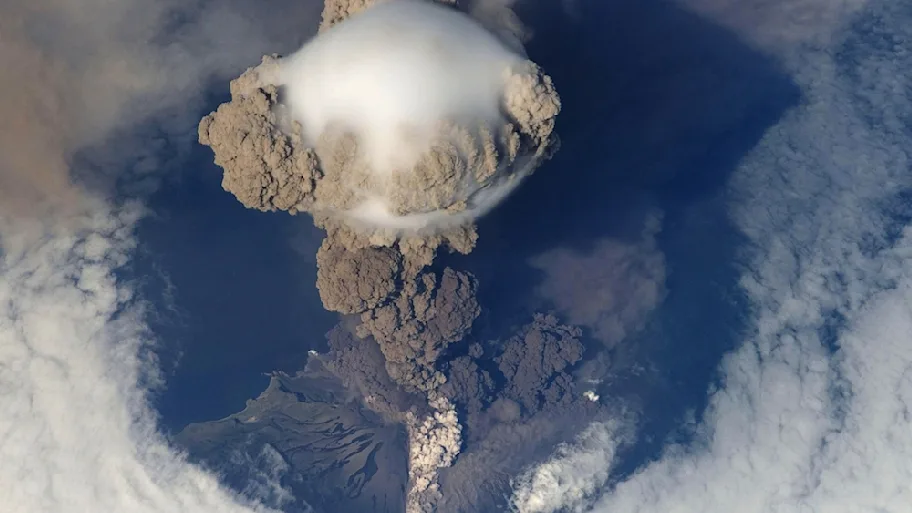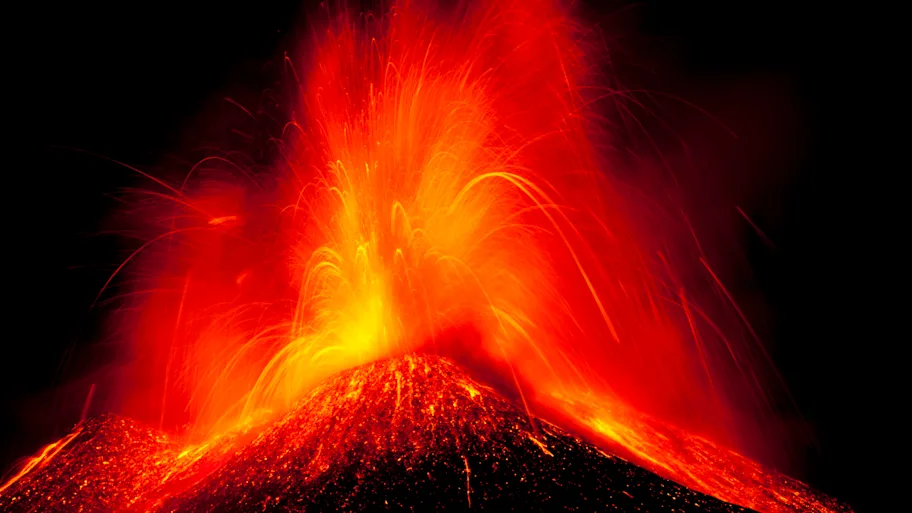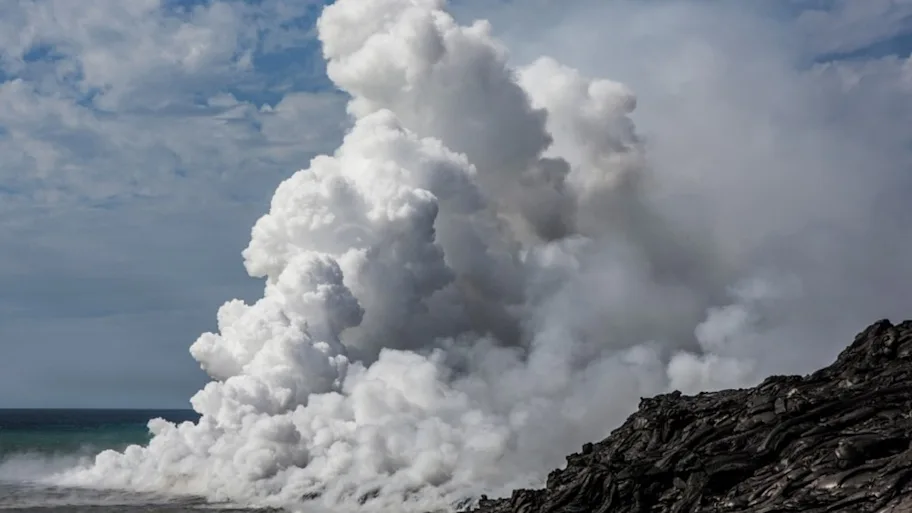
- Science news
- Life sciences
- Researching one of the most disruptive volcanoes to forecast future eruptions
Researching one of the most disruptive volcanoes to forecast future eruptions
Researchers turn to specific volcanoes such as Etna in Sicily to gain insight into volcanic and non-volcanic activities of the Earth.
By Fiona Boni, Science Writer
A professor at the University of Roma Tre, Valerio Acocella focuses his research on understanding what triggers eruptions and what causes the propagation of the magma to the earth’s surface. He has a special interest in advancing what we know about the structure and pre-eruptive behaviour of the most disruptive type of volcanoes, known as calderas. These are large volcanic depressions formed when a magma chamber is emptied by a volcanic eruption.
“Knowledge and prevention are the essential ingredients to mitigate risks,” says Acocella. “Understanding how calderas work is important when forecasting volcanic activity, and also in forecasting large eruptions.”
Using similar mechanisms that have been used in studying calderas, Acocella and his team are now also trying to understand and forecast eruptions in composite volcanoes, such as Etna, using a combination of tools.

“Volcano Etna has had some interesting eruptions in the last decades. In close collaboration with colleague Marco Neri (INGV Catania), we have been researching how this volcano works along with other processes that are really aren’t strictly volcanic, such as the instability of the volcano flank,” he explains.
Based on their research, they have learned the flank of this volcano is slowly moving downward toward the seaside and this is affecting the volcano in terms of volcanism and seismicity. But there is still much more to understand about how these changes in the flank will affect the evolution of the volcano.
“Volcanic processes are usually non-linear. There are many parameters (mostly including the physical properties of the magma and the surrounding rocks) and we are currently trying to have the control of just a few of these parameters that we think are the most important,” he says.
However, Acocella cautions that what they do know may not tell the entire story. “There might be other parameters missing that we don’t know or that we are unable to simulate or understand.”
While his team has come a long way in understanding a few specifics within Etna, on an international level scientists are still a long way from achieving control of all the parameters that affect a volcano and forecasting eruptions.
“We have had some substantial success in the past few decades, but it’s an international effort, requiring the merging of multidisciplinary techniques and knowledge from many institutions, that will take time,” says Acocella, who is also the Field Chief Editor for Frontiers in Earth Science.






